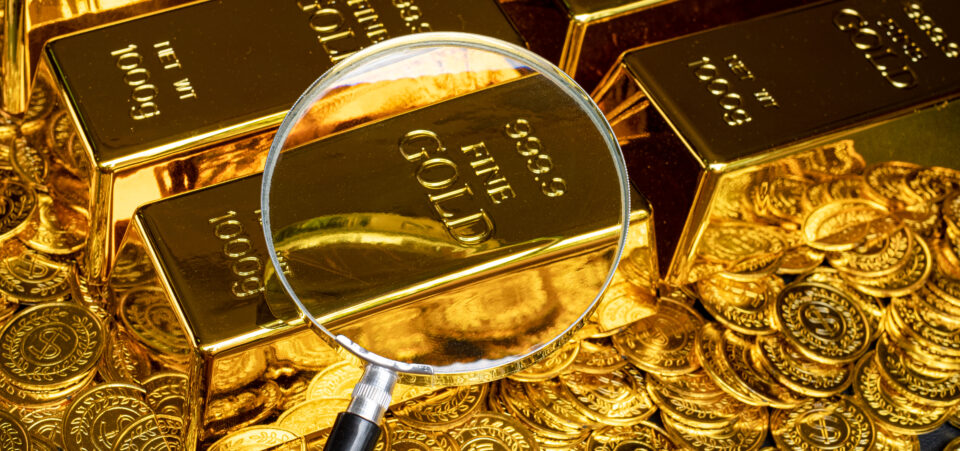Central Banks Could Send Price of Gold to $3,000/Ounce
Central banks have really been stepping up their gold buying. This is nothing but good news for gold bugs. Central banks could send gold prices a lot higher. Currently, the yellow metal trades around $2,400 an ounce, but central banks make the case for gold trading at $3,000 an ounce much sooner than previously anticipated.
You see, central banks have been net buyers of gold for years. After the global financial crisis of 2008-2009, they started buying gold. In the 2018–2019 period, they bought record-high amounts of the metal.
Their gold buying then slowed a little due to the COVID-19 pandemic, but they started to break their previous records in 2022 and 2023. In those two years, central banks purchased more than 1,000 tonnes of gold.
Here’s the thing: 2024 is starting to look like another record year for central banks buying gold. In the first quarter, central banks purchased about 290 tonnes of gold for their reserves. This was their highest amount of gold buying at the start of a year. It was also 69% above their five-year quarterly average of 171 tonnes. (Source: “Gold Demand Trends Q1 2024,” World Gold Council, April 30, 2024.)
Extrapolating this a little, the annual pace of gold buying by central banks could be 1,160 tonnes.
How significant is this figure? The total global mine production in 2023 was 3,644 tonnes. That means 1,160 tonnes of gold-buying per year would be about 32% of the global gold mine output! (Source: “Gold Demand Trends Full Year 2023,” World Gold Council, January 31, 2024.)
Which Central Banks Have Been Buying Gold?
It has primarily been the eastern central banks that have been loading up on gold. Their appetite for the yellow precious metal seems high, and it looks like they don’t necessarily care about where gold prices go. They just want more of the metal.
Take the People’s Bank of China (PBoC), for example. It has been a repeat buyer of gold. The end of March 2024 marked the 17th consecutive month for which the PBoC reported an increase in its gold reserve. It now holds 2,262 tonnes of the yellow precious metal. (Source: World Gold Council, April 30, 2024, op. cit.)
China’s central bank isn’t the only one that’s been buying gold. The Czech Republic, India, Kazakhstan, Oman, Poland, Qatar, Singapore, and Turkey were also net buyers of gold in the first quarter of 2024.
I’ve been tracking central banks’ gold purchases for years. The mainstream media is just starting to report on it. Late as always, but better late than never.
Central banks have been net buyers of gold since 2010. Between 2010 and 2023, they purchased more than 7,800 tonnes of gold for their reserves, and they aren’t stopping yet. Overall, central banks own close to 36,000 tonnes of gold.
I have to ask: Do central banks know something the rest of us don’t?
How High Could Gold Prices Go?
Now, how high could central banks take the price of gold?
Dear reader, I’ve long compared central banks buying gold to an elephant stepping into a swimming pool. No matter how swiftly the animal tries to enter the pool, water will spill over. The spilling water represents gold prices.
Central banks have been major buyers in the gold market and have been adding to the demand. This has been happening at a time when gold production hasn’t been increasing fast enough and gold discoveries around the world have been diminishing. This helps make the case for much higher gold prices.
I think if central banks remain in the gold market, they could quickly send the price of gold soaring to $3,000 per ounce.
Here’s some food for thought: for years, the gold buying by central banks was disregarded, but it’s now starting to show up in the mainstream financial press.
I have to ask: Could gold be something that institutional investors start looking at as well? They’ve ignored gold for years, and have had a bearish view on it. If institutional investors rush to buy gold, the upside for gold prices will only get better.






